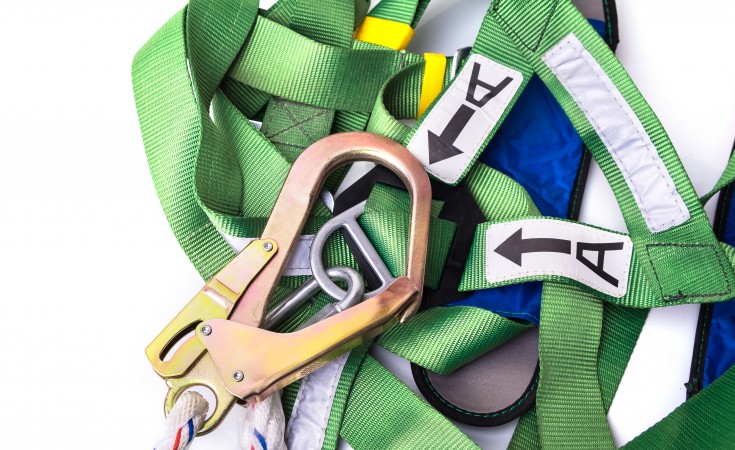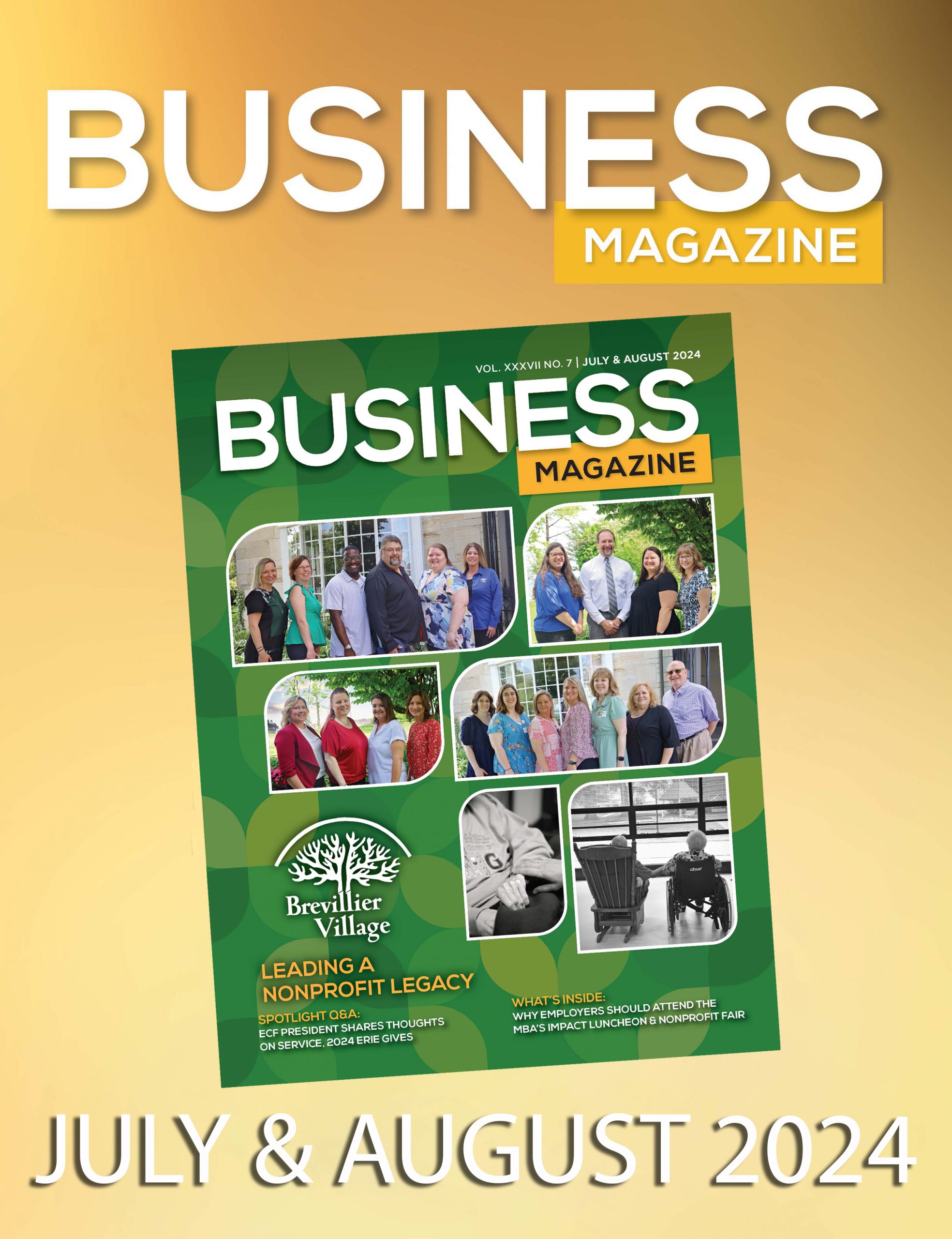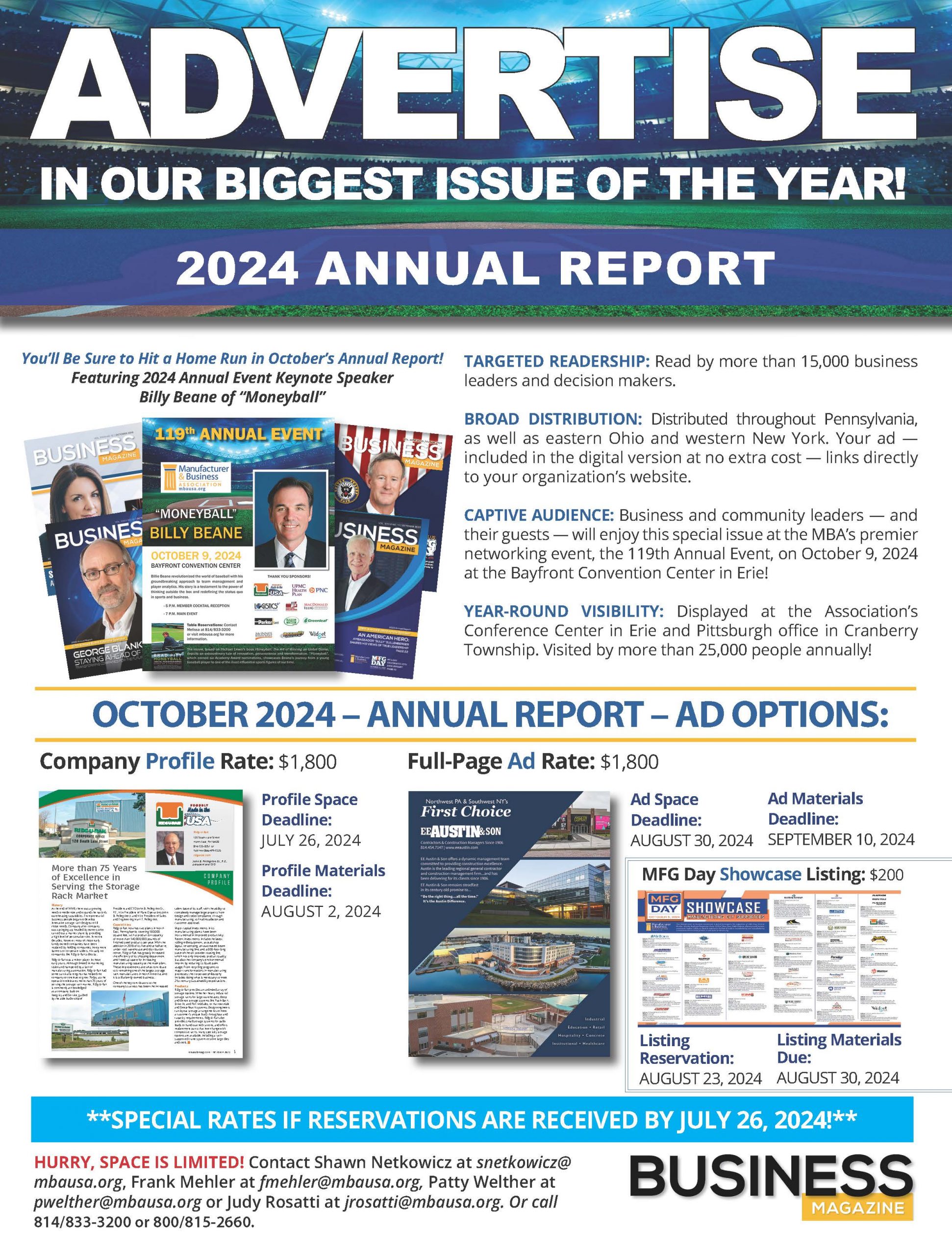Did you know that federal OSHA regulations require some form of fall protection for employees working at heights greater than 4 feet in General Industry (1910) and at heights over 6 feet in Construction (1926)? According to the National Safety Council, fall protection was the most frequently cited OSHA standard in 2016 with over 6,900 workplace violations. This is a serious hazard and can happen anywhere, so it’s critical to control to prevent serious incidents and unnecessary fines that can cost thousands.
OSHA requires that all fall protection equipment be inspected prior to its use. This includes:
- Frays, loose thread, broken strands in lanyards, retractable lanyards, harnesses, lifelines
- Rust/ deformation of any metal components
- Cuts, burns, heavy discoloration, chemical exposure, excessive heat, paint on fabric, brittle areas
- LEGIBLE tags to include manufactured date, weight rating, safety reminders and inspection grids
- If there is damage do not use the equipment, destroy it safely by cutting into 12-inch pieces. Never throw away a damaged full harness.
Additionally, any equipment exposed to a fall must be taken out of service immediately.
The American National Standards Institute (ANSI) standards are also frequently referenced when discussing fall protection. Under ANSI Z359-2014 equipment must be inspected by a competent person at intervals of no more than six months and be documented with the harness serial number, date it was put into service, inspection results, user name if assigned and date of inspection. Also, you must comply with all manufacturer instructions regarding the inspection, maintenance and storage of equipment.
It is the employer’s responsibility to have a rescue plan in place to complete a rescue if a fall would occur, as being suspended for 15 minutes or more in a harness can be dangerous. There are also trauma straps, climb out straps, or fall relief straps that allow the worker to stand up in harness after a fall.
These are just some basic tips and a quick review to ensure proper Fall Protection to avoid a serious injury and show your compliance during an OSHA visit. To learn more about fall protection and safety, the MBA’s Supervisory Safety Series covers this topic and more. Visit www.mbausa.org for upcoming classes.












